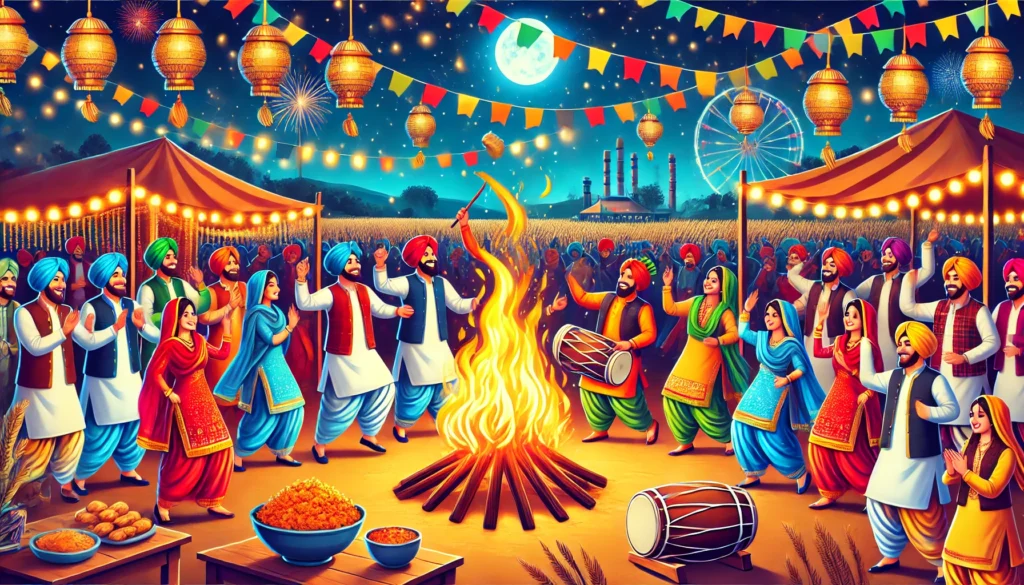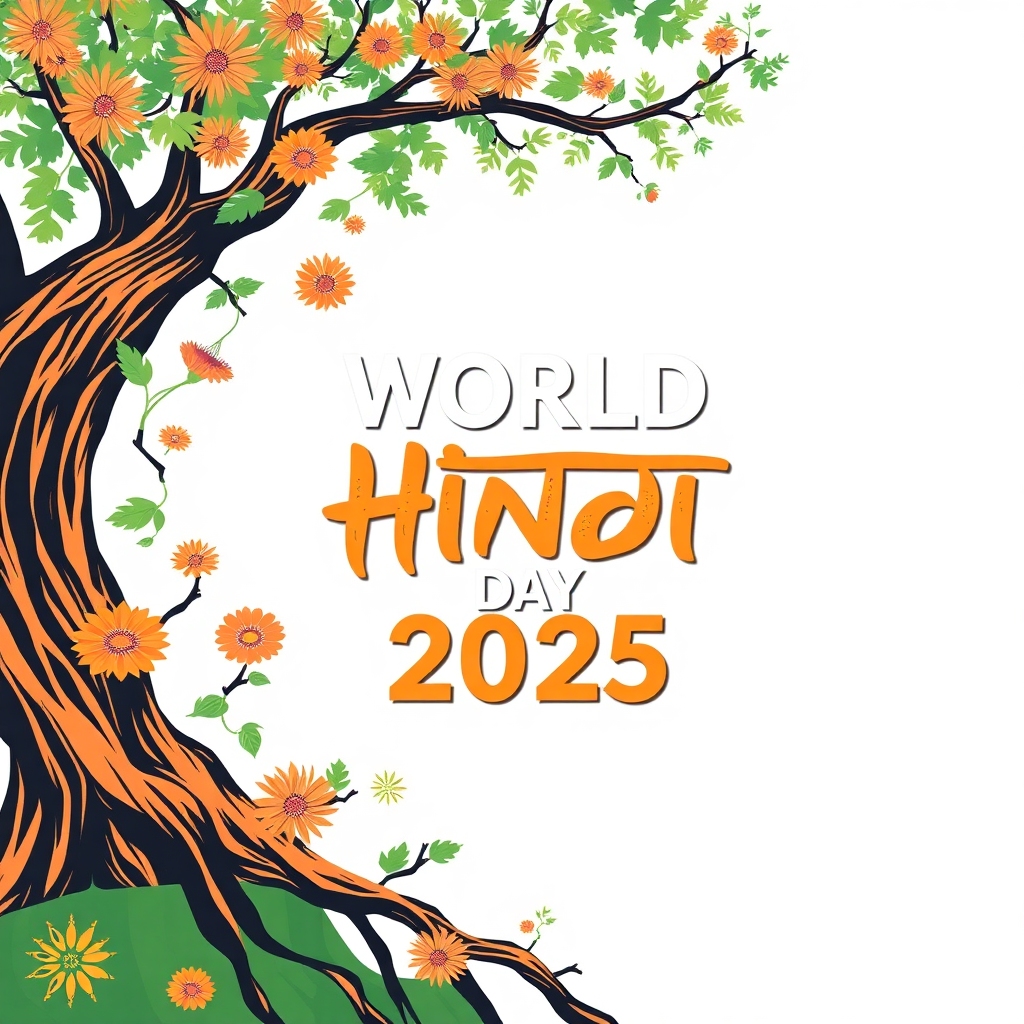छत्रपति शिवाजी महाराज जयंती: बहुजन प्रतिपालक और स्वराज्य के महानायक
भारत के महान सपूत छत्रपति शिवाजी महाराज को क्रांतिकारी नमन! छत्रपति शिवाजी महाराज भारतीय इतिहास के उन महानायकों में से एक हैं, जिन्होंने स्वराज्य की स्थापना, सामाजिक न्याय, समानता और हिंदवी साम्राज्य के निर्माण का बीड़ा उठाया। उनका जन्म 19 फरवरी 1630 को शिवनेरी किले में माता जीजाबाई और शाहजी भोंसले के घर हुआ था। उनकी दूरदर्शिता, युद्धनीति और प्रशासनिक क्षमताओं ने भारत को एक स्वतंत्र, स्वाभिमानी और न्यायप्रिय शासन प्रणाली का आदर्श दिया। शिवाजी महाराज: क्रांति और समानता के प्रतीक शिवाजी महाराज सिर्फ एक योद्धा ही नहीं, बल्कि एक महान समाज सुधारक भी थे। उन्होंने अपने शासन में जातिगत भेदभाव को खत्म करने और सभी वर्गों को समान अवसर देने की नीति अपनाई। 👉 ब्राह्मणवादी व्यवस्था को चुनौती: उस समय समाज में जाति-व्यवस्था अत्यंत कठोर थी और शूद्रों एवं अछूतों को सामाजिक एवं राजनीतिक अधिकारों से वंचित रखा गया था। शिवाजी महाराज ने इस व्यवस्था को तोड़ा और योग्यता के आधार पर लोगों को सत्ता में भागीदारी दिलाई। 👉 शूद्रों और बहुजनों का उत्थान: शिवाजी महाराज ने अपनी सेना और प्रशासन में बहुजन समाज के लोगों को बड़े पदों पर नियुक्त किया। उनकी सेना में महादेव कोली, माली, धनगर, कुनबी, आगरी, मुसलमान और दलित वर्ग के योद्धा शामिल थे, जो उनकी नीति की सामाजिक समावेशिता को दर्शाता है। 👉 महिला सशक्तिकरण: शिवाजी महाराज महिलाओं के प्रति अत्यंत सम्मानजनक और सुरक्षात्मक नीति अपनाते थे। उनके शासन में महिलाओं की सुरक्षा सुनिश्चित की गई, और युद्ध के दौरान महिलाओं का सम्मान बनाए रखना उनकी सैन्य आचार संहिता का महत्वपूर्ण हिस्सा था। 👉 अहिंसा और धर्मनिरपेक्षता: शिवाजी महाराज का शासन पूरी तरह से धर्मनिरपेक्ष था। उन्होंने न केवल हिंदुओं बल्कि मुसलमानों को भी महत्वपूर्ण पदों पर नियुक्त किया और मस्जिदों एवं दरगाहों की रक्षा की। शूद्रों और बहुजनों के संरक्षक महान समाज सुधारक महात्मा ज्योतिबा फुले ने शिवाजी महाराज को ‘कुलवाड़ी भूषण’ (किसान और शूद्रों का गौरव) कहकर सम्मानित किया। यह इस बात का प्रमाण है कि शिवाजी महाराज केवल एक राजा नहीं, बल्कि बहुजन समाज के संरक्षक भी थे। 👉 शिवाजी महाराज के प्रशासन में बहुजन समाज:शिवाजी महाराज की सेना और प्रशासन में शूद्र और पिछड़े वर्गों के लोगों को महत्वपूर्ण पद दिए गए। उदाहरण के लिए: शिवाजी के सेनापति नेताजी पालकर—एक ओबीसी जाति से थे। गोलामा नाइक—शिवाजी की नौसेना के एक बड़े अधिकारी थे। फिरंगोजी नरसाला—किसान जाति से थे और उन्होंने कोंडाणा किले की रक्षा की। कान्होजी आंग्रे—भारतीय नौसेना के जनक कहे जाते हैं और मछुआरा समाज से थे। 👉 बहुजन समाज के उत्थान की दिशा में महत्वपूर्ण कदम: जातिवाद विरोधी नीति: उन्होंने अपने प्रशासन में जाति के बजाय योग्यता को प्राथमिकता दी। शासन व्यवस्था में सुधार: उन्होंने ज़मींदारी प्रथा को समाप्त कर किसानों और मजदूरों के अधिकारों की रक्षा की। समाज में सम्मान की स्थापना: शिवाजी महाराज के कारण बहुजन समाज को समाज में समानता और आत्म-सम्मान प्राप्त हुआ। शिवाजी महाराज का गौरवशाली योगदान 🔸 स्वराज्य की स्थापना: शिवाजी महाराज ने मुगलों, आदिलशाही और अंग्रेजों के खिलाफ संघर्ष कर स्वतंत्र हिंदवी साम्राज्य की स्थापना की।🔸 संगठित सैन्य शक्ति: उन्होंने एक संगठित और अनुशासित सेना का निर्माण किया, जिसमें बहुजन समाज की महत्वपूर्ण भूमिका थी।🔸 गोरिल्ला युद्ध नीति: उनकी छापामार युद्ध नीति (गोरिल्ला वारफेयर) आज भी सैन्य रणनीतिकारों के लिए प्रेरणा है।🔸 किलों की महत्ता: उन्होंने 300 से अधिक किलों पर अधिकार कर एक मजबूत राज्य संरचना बनाई।🔸 व्यापार और नौसेना: उन्होंने भारत की पहली नौसेना का निर्माण कर सामुद्रिक व्यापार को बढ़ावा दिया।🔸 धार्मिक सहिष्णुता: उन्होंने सभी धर्मों के लोगों को समान अधिकार दिए और किसी भी धार्मिक स्थल को नुकसान नहीं पहुंचाया। शिवाजी महाराज की विरासत और बहुजन विचारधारा आज शिवाजी महाराज सिर्फ एक ऐतिहासिक चरित्र नहीं, बल्कि एक विचारधारा बन चुके हैं। उनका जीवन संघर्ष बहुजन समाज को प्रेरणा देता है कि शिक्षा, संगठन और संघर्ष से बदलाव संभव है। 🔹 शिवाजी महाराज के विचार जो आज भी प्रासंगिक हैं 🔹 ✅ “राजा का कर्तव्य प्रजा की सेवा करना है, न कि उसे दबाना।”➡️ शिवाजी महाराज ने शासन को जनता के कल्याण का माध्यम बनाया और किसानों, श्रमिकों, और आमजन को उनका हक दिलाने पर बल दिया। ✅ “शासन में योग्यता का स्थान होना चाहिए, जाति का नहीं।”➡️ उन्होंने शूद्रों और अतिशूद्रों को सेना व प्रशासन में उच्च पद दिए और जातिवाद का विरोध किया। ✅ “स्वराज्य केवल राजा का नहीं, बल्कि हर किसान, हर श्रमिक और हर व्यक्ति का है।”➡️ उन्होंने बहुजन समाज को स्वराज्य का हिस्सा बनाया और उन्हें सत्ता में भागीदारी दी। ➡️ वे सच्चे धर्मनिरपेक्ष शासक थे, जिन्होंने मुस्लिम सैनिकों और प्रशासकों को भी अपने दरबार में सम्मानजनक स्थान दिया। ✅ “किसान और श्रमिक किसी भी राष्ट्र की असली शक्ति होते हैं, उनका सम्मान और सुरक्षा सबसे बड़ा धर्म है।”➡️ उन्होंने किसानों पर करों का बोझ कम किया और उनके हितों की रक्षा की। ✅ “महिलाओं का सम्मान और रक्षा करना राजा का प्रथम कर्तव्य है।”➡️ शिवाजी महाराज ने स्त्रियों की रक्षा और सम्मान के लिए कठोर नियम बनाए और महिलाओं पर होने वाले अत्याचारों का सख्ती से विरोध किया। 🔹 बहुजन महापुरुषों द्वारा शिवाजी महाराज की प्रशंसा 🔹 🔸 महात्मा जोतिराव फुले ने उन्हें “कुलवाडी भूषण” यानी शूद्रों और किसानों का गौरव कहा।🔸 डॉ. बाबासाहेब आंबेडकर ने कहा – “शिवाजी महाराज भारतीय लोकतंत्र के पहले शासक थे, जिन्होंने जाति से ऊपर उठकर एक न्यायप्रिय शासन की स्थापना की।”🔸 छत्रपति शाहूजी महाराज ने उनके विचारों को आगे बढ़ाया और सामाजिक न्याय के लिए कार्य किया। छत्रपति शिवाजी महाराज जयंती की हार्दिक शुभकामनाएँ! 🔸 जय जय शिवाजी! 🔸🔹 बहुजन हिताय, बहुजन सुखाय 🔹 शिवाजी महाराज की जयंती पर हम सब मिलकर उनके विचारों को आत्मसात करें और एक समतामूलक समाज के निर्माण में योगदान दें।




